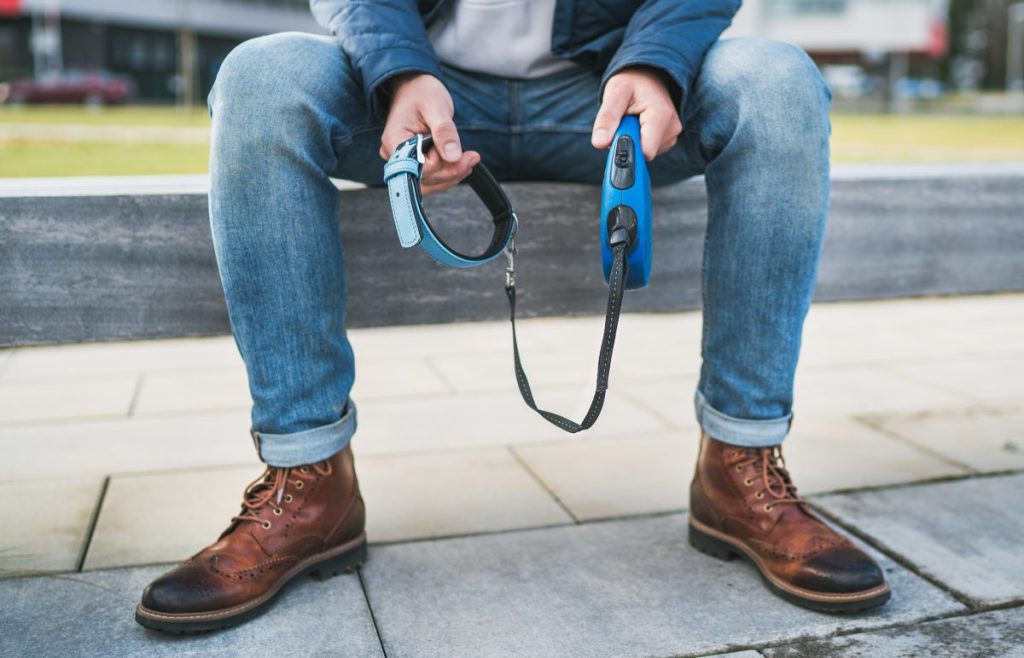Adopting a dog is a significant decision that comes with its share of excitement and challenges. As eager as you might be to welcome a canine companion into your life and your home, some shelters or rescue organizations might have reservations about your ability to be a dog parent. If you’ve recently had your dog adoption application rejected, it’s important to understand the potential reasons behind the rejection.
Sometimes, the reasons behind a rejected dog adoption application are in your control, and you can use the rejection as a learning experience to make your application stronger next time. In other cases, a particular shelter or rescue may just have excessively high standards. We’re going to uncover various factors that can contribute to application rejection so you can navigate the adoption process more successfully.
Why adoption applications get rejected
Incomplete or inaccurate information
Submitting an adoption application with incomplete or inaccurate information can cause shelters and rescues to hesitate. Organizations rely on comprehensive applications to make informed decisions about potential adopters. Missing or inaccurate details about your living situation, work schedule, and pet history can create doubt about your ability to provide a stable home. To improve your chances, ensure all sections of the application are filled out accurately, demonstrating your commitment and responsibility.
Mismatched lifestyles and needs
A common reason for application rejection is a misalignment between your lifestyle and the dog’s needs. Shelters prioritize placing dogs in homes that can meet their exercise, grooming, and attention requirements. If your living situation, such as residing in an apartment, doesn’t match the breed’s energy level or exercise needs, it could lead to rejection. Applying for a high-energy breed while living in a confined space may indicate a potential incompatibility.
Rental status
Renting instead of owning can impact your application’s outcome. Shelters want to ensure that you have permission to keep a dog in your rented space. Be transparent about your rental status, and provide documentation that demonstrates your landlord’s approval for pets. This proactive approach displays responsibility and increases your credibility as a potential adopter.
Insufficient yard space or fencing
While having a yard is advantageous, not having one or lacking proper fencing doesn’t necessarily lead to rejection. Shelters assess your ability to provide exercise and mental stimulation. Explain in your application how you plan to compensate for the lack of yard space, such as committing to regular walks and trips to dog parks. Demonstrating your dedication to meeting the dog’s needs can outweigh the absence of a yard.
Declining a home visit
Some shelters and rescues mandate a home visit as part of the adoption process. Declining a home visit may result in application rejection. Home visits allow organizations to assess the safety and suitability of your living environment for a new dog. It’s essential to view these visits as an opportunity to showcase your readiness for pet parenthood, rather than an intrusion of privacy. Welcoming the visit demonstrates your willingness to provide a loving home.
Lack of veterinary preparation
Not having an established veterinary relationship can hinder your adoption application’s success. Shelters want assurance that their dogs will receive proper medical care. Having a vet selected in advance signals your commitment to this responsibility. Include information about your chosen veterinarian or your plans to find one in your application to underscore your dedication to your future pet’s well-being.
Unresponsive references
References are a common requirement in adoption applications. If your references don’t respond promptly, it can lead to application rejection. To prevent this, inform your references beforehand about the potential for contact. This ensures they’re prepared to offer timely feedback and vouch for your suitability as a pet parent.
Current pet or child considerations
Having other pets or young children doesn’t automatically disqualify you from adopting a dog, but it requires thoughtful consideration. Shelters aim to ensure new pets integrate well with your existing household members. Provide information about your pets’ behavior and socialization skills, and explain your strategy for introducing a new dog. Similarly, demonstrate awareness of your young children’s needs and your approach to a safe and harmonious transition.
Lack of vaccinations for current pets
If your current pets aren’t up-to-date on vaccinations, it could lead to application rejection. Shelters prioritize the health and safety of their animals, and this includes protecting them from preventable diseases. Ensure that your existing pets are properly vaccinated before applying for a new addition. Providing proof of vaccinations shows your commitment to the well-being of all animals in your care.
Asking too many questions
They say there are no bad questions, but when it comes to adopting a dog, there can be too many. While we here at DogTime believe you should ask everything that’s on your mind to ensure a successful adoption, the sad fact is that shelters and rescues don’t always welcome questions. Excessive questioning may come across as skepticism or uncertainty.
It’s a scam
It’s unfortunate, but some people use pets as a way to scam people out of money or personal information. If you don’t hear back from a rescue organization or private pet parent after submitting an application, do some more digging. It may be that it’s a scam. Do your due diligence next time. And when you do adopt, make sure you read the adoption contract carefully, review vet records, and wait to pay until the dog is in your care.
Dealing with rejection
Experiencing a rejected dog adoption application is an opportunity to learn and improve. By addressing potential issues before you apply, you can enhance your prospects for a successful adoption. Remember, each application rejection brings you closer to finding the perfect canine companion that will thrive in your loving home. And if you’ve done everything you can do and are still getting rejected from shelters and rescues, remember that there’s more than one way to adopt a dog.









